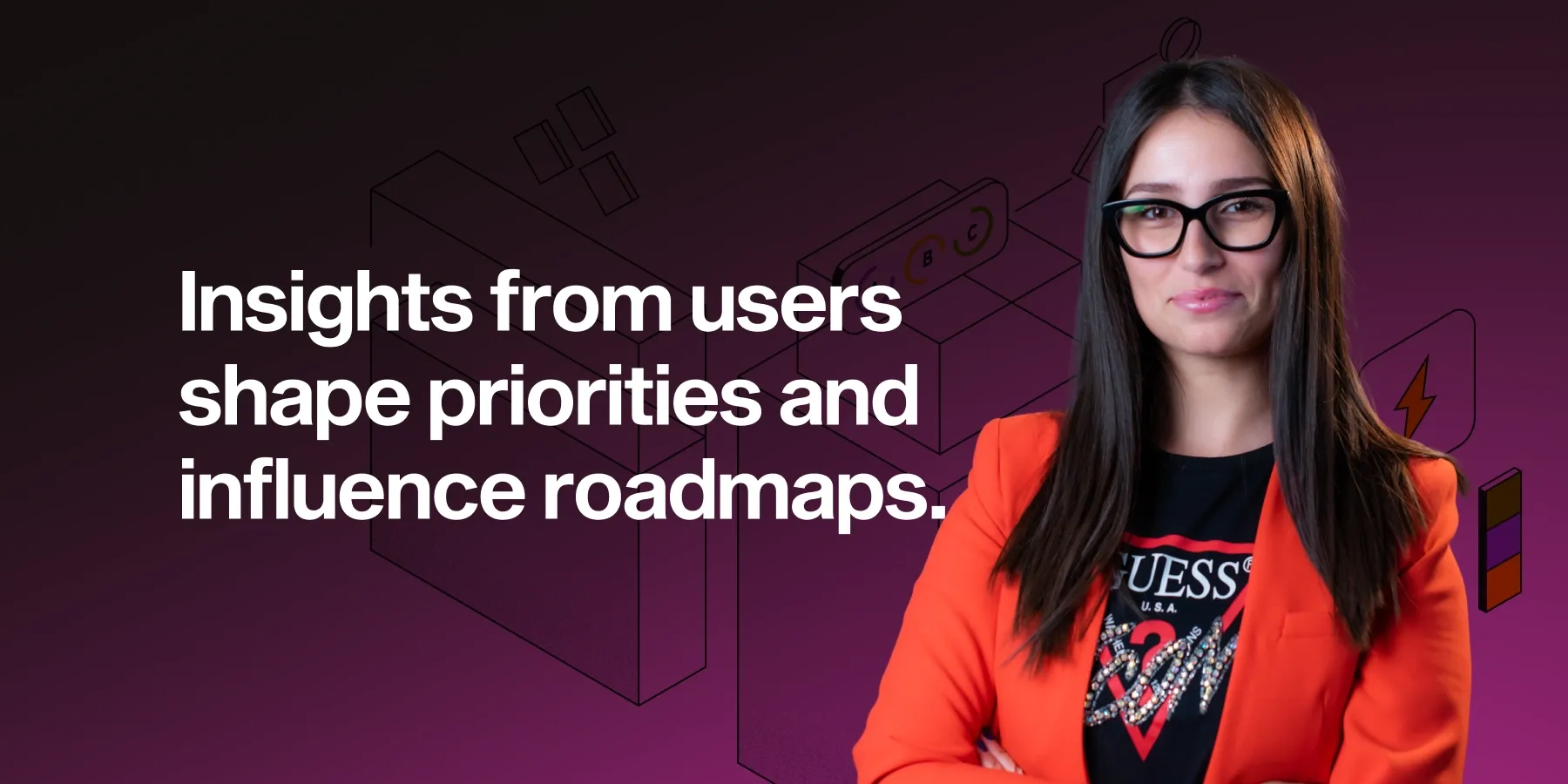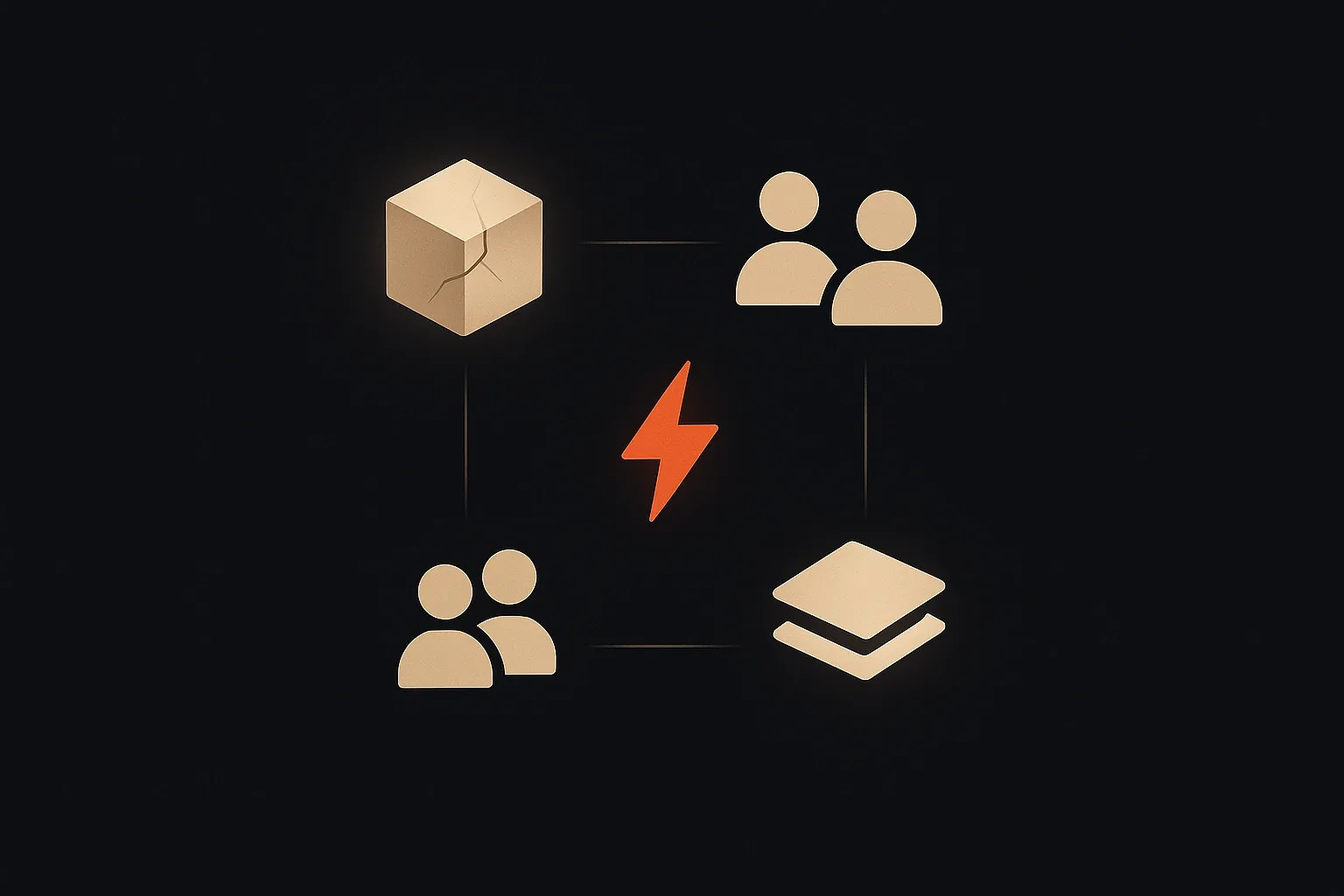How to Support Your First Users and Improve Early Retention

Launching a new digital product often starts with a small group of people willing to try something new before anyone else. These first users interact with the product when it is still raw, sometimes incomplete, and often has visible flaws. Their role extends beyond using the product; they shape its future.
Support systems for these users differ from standard customer support. The approach is more personal, feedback is more direct, and the relationship is more collaborative. Understanding the identity and expectations of these first users is essential for building the right support structure.
Understanding Early Adopters
Early adopters are the first to try new products or technologies. They are enthusiastic about fresh ideas, accept imperfections, and value being part of something new. They are highly engaged, exploring every feature and sending detailed feedback. They tolerate bugs and workarounds, and they expect direct contact with founders or core team members. Above all, they are motivated by influence: they want to see their input reflected in future updates.
These users look for transparency about roadmaps, bugs, and progress, and they appreciate acknowledgment of their contributions.
Why Exceptional Support Accelerates Product Market Fit
Strong support shortens the path to product-market fit. Quick responses create tighter feedback loops between users and development. This means faster validation of features that truly matter and more organic word-of-mouth growth. Early adopters who feel heard are often the ones who tell peers about the product, spreading trust more effectively than paid marketing.
Core Principles of Support for First Users
Effective early support rests on four principles. First, prioritize transparency over perfection — clear communication about limitations builds more trust than polished updates alone. Second, keep the human touch by addressing users personally and referencing past conversations. Third, ensure near real-time replies; timely responses keep momentum during early adoption. Finally, maintain evolving documentation, updating FAQs and guides as the product changes.
5 Steps to Launch a Lean Support System
A practical framework helps small teams manage support with limited resources:
- Pick one main channel: Email, chat, or phone — supported by tools like Intercom or Zendesk.
- Set response targets: Same-day replies build more trust than instant but inconsistent responses.
- Create a living knowledge base: Start small and update as new issues arise.
- Capture feedback efficiently: Use tags, forms, or notes to share insights with product teams.
- Review weekly: Adjust based on conversations and patterns you observe.

Must-Have Tools for Early-Stage Support
The right tools keep support effective without adding complexity. Shared inbox or live chat platforms centralize communication. Session replay and logs help diagnose technical issues quickly. Collaboration spaces like Slack or Teams keep the team aligned on complex cases. Short surveys or NPS prompts gather user sentiment and guide improvements.
Need help turning your roadmap into a market-ready product?
Budgeting and Resourcing Your First Support Team
Early-stage teams must balance resources carefully. A single helpdesk platform and a lightweight survey tool are often enough. Founders, engineers, or product managers may handle support initially. The need to hire a dedicated specialist usually becomes clear when requests slow down development, response times slip, users complain about delays, or founders spend more than 20% of their time on support.
Scaling From Concierge Support to Self Service
Startups begin by helping first users directly, answering questions one-on-one. Over time, this evolves into self-service. Each repeated question should trigger a help center article that is easy to search and follow. Organizing content by topic or journey stage makes it more usable, and frequent updates keep it relevant. Automation can help with scale, but it should still feel human: use natural language, personalize where possible, and keep escalation paths open for complex cases.
Turning Early Adopter Feedback Into Roadmap Wins
Support is a rich source of product insights. Feedback should be grouped into themes such as bugs, usability issues, or feature requests, then scored by frequency, severity, and business impact. The most valuable input guides what enters the development cycle. Closing the loop is equally important: let users know when their suggestions become reality, through release notes, forums, or direct messages. This recognition builds loyalty and encourages more feedback.
Recognizing and Rewarding Your Earliest Champions
Acknowledging early adopters strengthens engagement. Companies often invite them to beta programs, share private release previews, or host exclusive webinars. Some create private communities where users can connect directly with product teams. Even small gestures like branded items show appreciation and reinforce their role as champions.
Next Moves on Your Product Journey
Support systems evolve alongside products. As adoption grows, integration with product management, engineering, and design becomes critical. Insights from support shape priorities and influence roadmaps.
At MOP, we integrate support planning into product development from the beginning. This ensures customer feedback drives smarter decisions and support grows hand in hand with the product.
Start your product journey with us and build digital products where support is part of the foundation.
Start your product journey with us and build digital products where support is part of the foundation.
Frequently Asked Questions About Early-Stage Support
How do I transition from founder-led support to a dedicated support team without losing personal connection with early adopters?
Gradually introduce support team members to handle routine requests while keeping founders involved with key accounts and complex issues. Early adopters value knowing founders remain accessible even as teams grow.
Which specific support metrics are most important to track during the early adopter phase?
Focus on response time, resolution rate, and early adopter satisfaction scores rather than volume-based metrics. Quality of interaction matters more than quantity during early stages.
How can I provide consistent support coverage across time zones without hiring full-time support staff?
Use shared inbox systems with clear escalation procedures so multiple team members can respond during different hours. Consider overlapping schedules rather than dedicated 24/7 support initially.